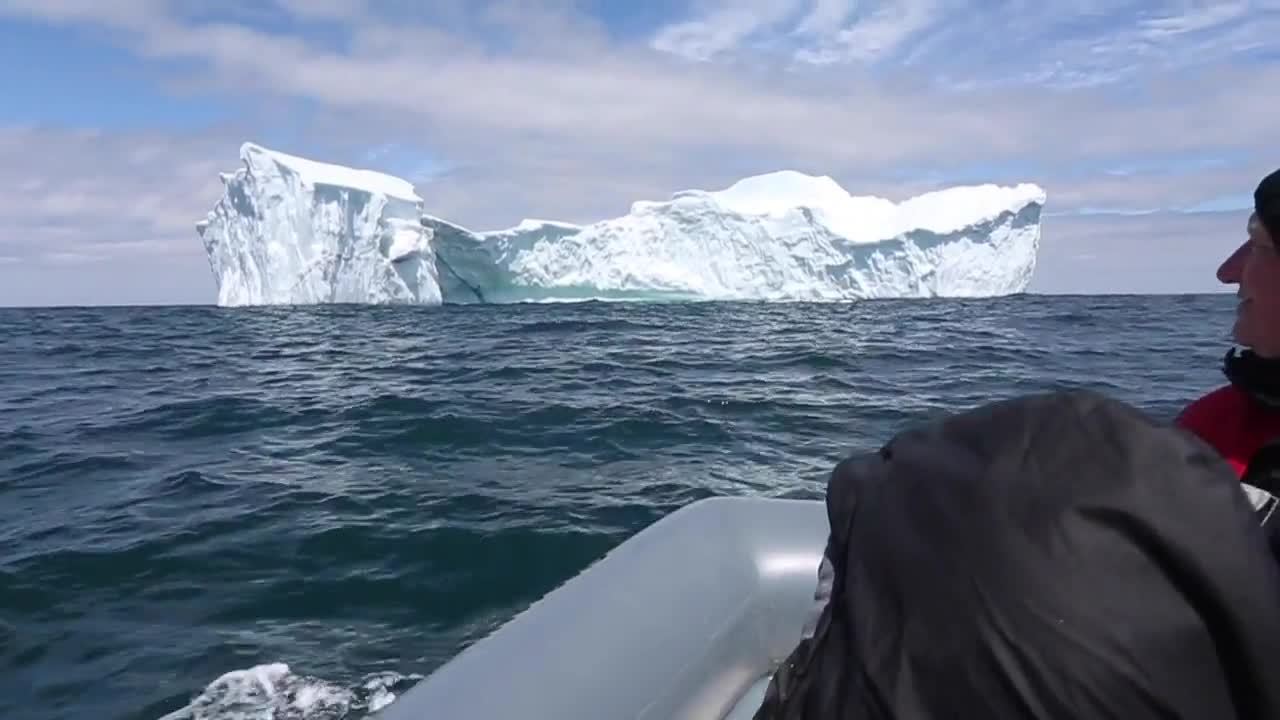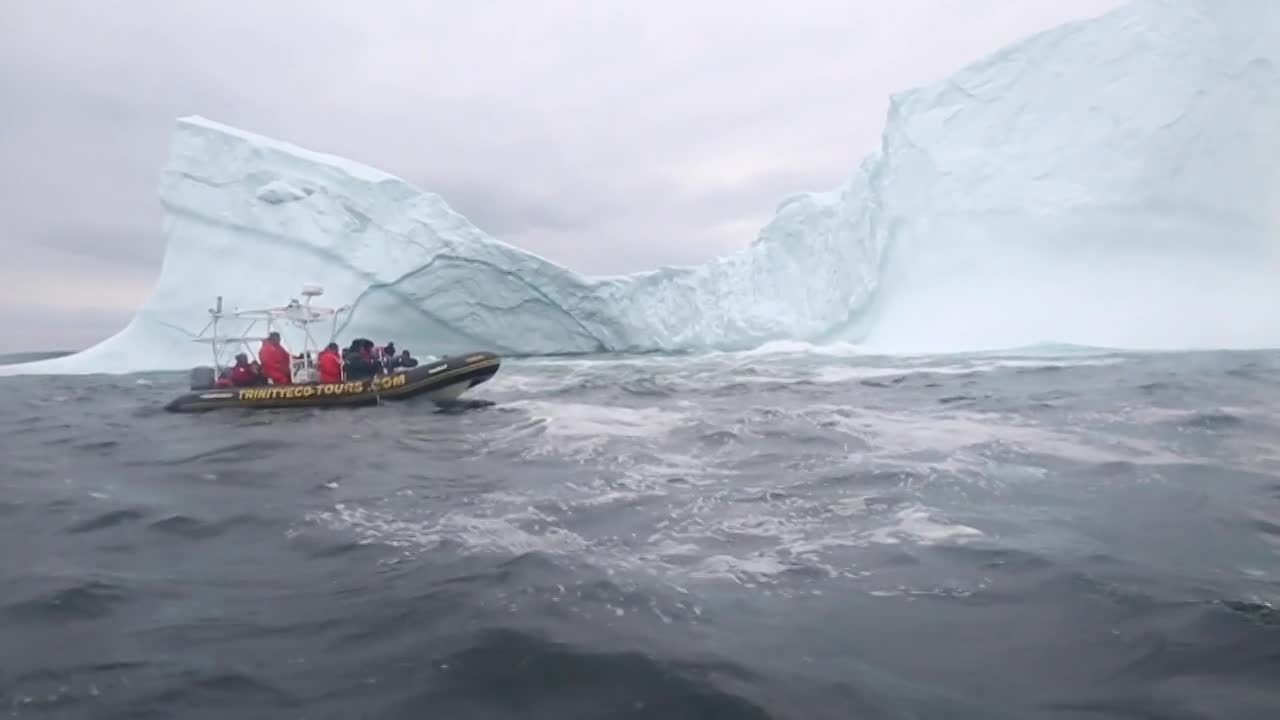This is Bob Bartlett,
better known in Trinity Bay as Skipper Bob. A man with over 25 years of seafaring experience, Skipper Bob has been taking passengers to see Newfoundland’s icebergs for a decade as owner and operator of Trinity Eco-Tours.
Each spring, travellers head to Newfoundland and Labrador for the chance to experience the sights and sounds of icebergs. Here’s your chance to get up close and personal with these majestic giants.
Photography by Paul Daly | Audio by Kevin Pinhornbetter known in Trinity Bay as Skipper Bob. A man with over 25 years of seafaring experience, Skipper Bob has been taking passengers to see Newfoundland’s icebergs for a decade as owner and operator of Trinity Eco-Tours.
On a brisk afternoon in May, Skipper Bob and his passengers set off in a Zodiac from the town of Catalina, which is located on the eastern side of the Bonavista Peninsula.
Icebergs turn up in the waters around Newfoundland and Labrador from April to June. There’s been a high volume this year due to persistent east and northeast onshore winds, and it’s not long before Skipper Bob and his passengers spot some beauties.

Skipper Bob explains that the majority of icebergs originate from the western side of Greenland. They break off – a process also known as calving – and float down to “Iceberg Alley,” located off the eastern coast of Newfoundland and Labrador.
The website IcebergFinder.com can help iceberg enthusiasts locate the best viewing spots in real time.
The average weight of an iceberg in the waters off Newfoundland and Labrador is 100,000 – 200,000 tonnes.
Getting to experience an iceberg up close is a treat for the eyes. But did you know you can also hear an iceberg?
It can be difficult to hear the sounds of the icebergs when the wind is high. Here’s another example of what you might hear on the water.
The best way to capture the sounds of icebergs is through underwater microphones. Through careful study, scientists have determined that each type of iceberg has its own unique sound, and that studying these sounds can indicate how fast the ice is melting.
Because the waters around icebergs can be choppy, Newfoundland and Labrador Tourism operators always keep a safe distance, so travelers can see these spectacular sights yet remain comfortable and protected.

One might think that iceberg ice would be salty, but icebergs are actually made from frozen freshwater. When plucked out of the water – like Skipper Bob is doing here – pieces of iceberg are completely safe to consume. Visit IcebergFinder.com to see more of what Iceberg Alley has to offer.
This content was produced by The Globe and Mail's Globe Content Studio.
The Globe's editorial department was not involved in its creation.